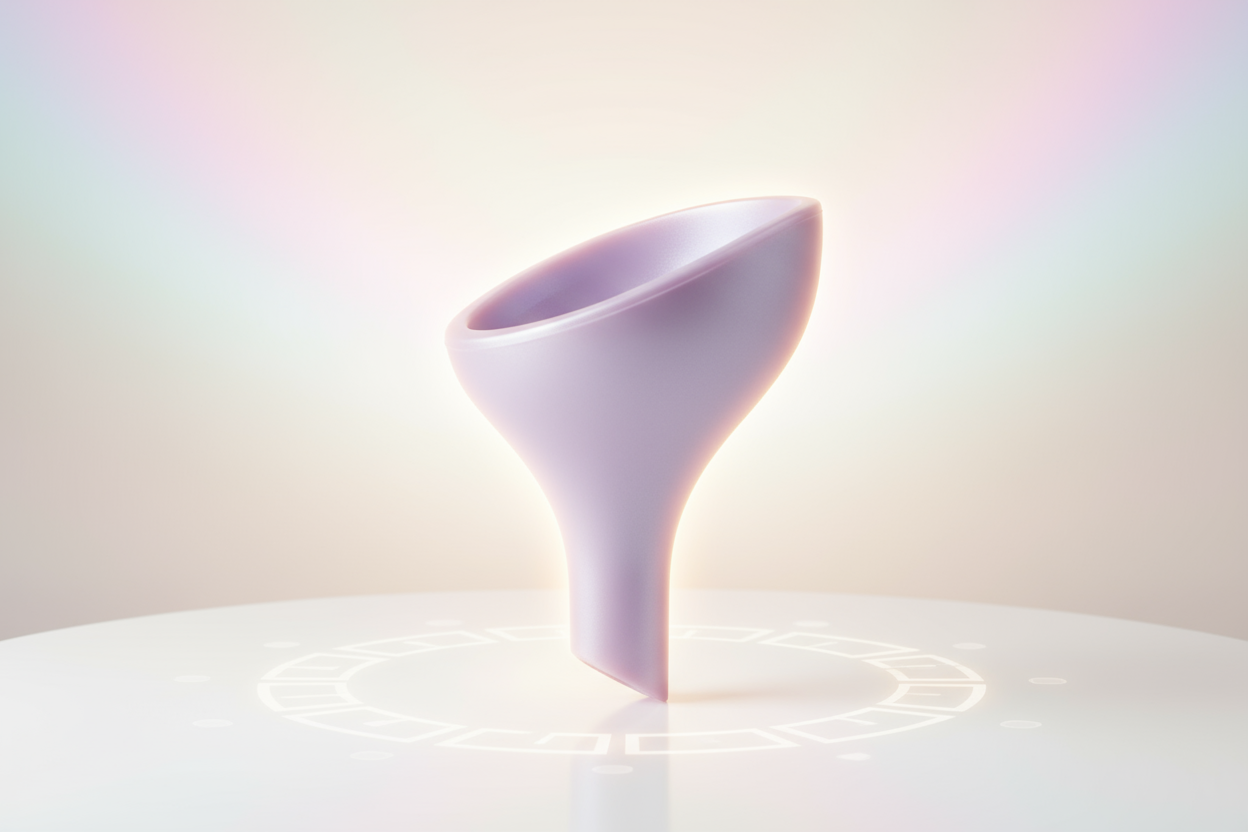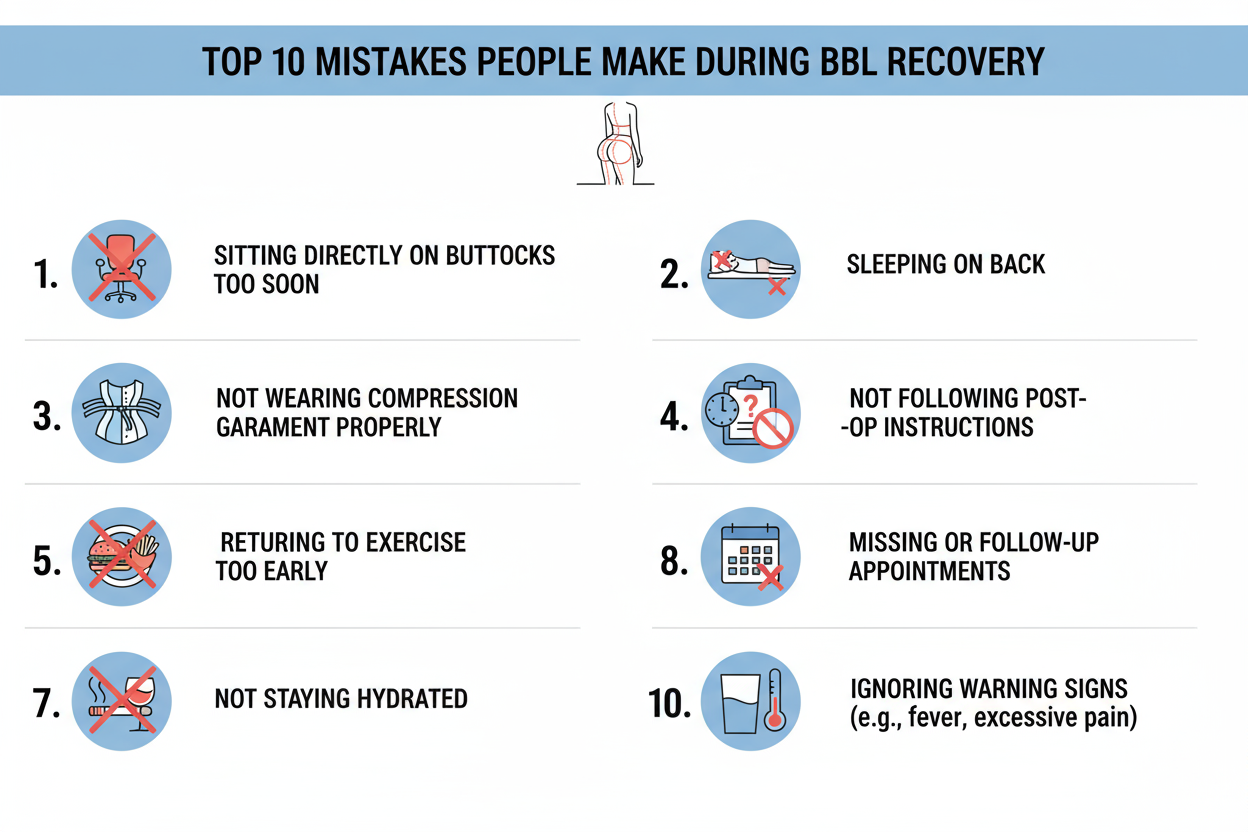How to Reduce Swelling After Liposuction_ 7 Top Tips
Are you considering liposuction surgery and have already had one? You may have many questions in your mind, especially about the swelling. Temporary swelling after liposuction is common and subsides as the healing progresses with the right care and post-op surgical supplies and accessories. Liposuction recovery is not as intensive as other plastic surgeries, but it requires smart preparation and guidance. In this blog, we’ll explain why swelling happens after liposuction, how long it typically lasts, and share practical tips to help reduce it during your recovery.
Why Do I Have Swelling After Liposuction?
Liposuction is generally a safe procedure, but some swelling and bruising are common in the treated areas. This occurs because the process involves making small incisions and using a cannula to remove fat cells. As the cannula moves back and forth, it can disturb surrounding tissues, including blood vessels and cells. Our body perceives this as a form of trauma and responds by sending fluid and immune cells to the area to begin the healing process. This increase in blood flow contributes to tissue swelling.
Another reason for swelling is the use of a tumescent solution during the procedure. This solution typically contains saline, a local anesthetic, and epinephrine. It helps minimize bleeding and makes fat removal easier. While much of the fluid is suctioned out during the procedure, some of it remains in the tissues, which can also lead to swelling after surgery.
How Long Does Swelling Last After Liposuction?
Swelling is a normal part of the healing process after liposuction. It usually peaks within the first 72 hours and then gradually starts to go down. For most people, noticeable swelling lasts for about two to four weeks. However, mild swelling—especially in larger treatment areas—can take a few months to fully resolve.
The exact timeline can vary based on factors such as the extent of the procedure, treatment areas, age, and individual personal health. Following the surgeon’s aftercare instructions can help speed up recovery and reduce swelling more quickly.
How to Reduce Swelling after Liposuction Surgery?
Here are some smart tips to manage and minimize swelling and bruising after surgery.
1. Wear Compression Garments
After surgery, your surgeon will likely recommend wearing a compression garment for at least four weeks. These medically designed garments apply consistent pressure to the treated areas, which helps reduce swelling, prevent fluid buildup, and support the skin as it heals. Compression garments can also minimize skin folding, creasing, and improve overall contour.
It's important to note that compression garments are not the same as regular shapewear—they are specifically designed for post-surgical recovery and come in various sizes, styles, and levels of compression. Always consult your surgeon before purchasing one to ensure you're choosing the right type and fit. Be sure to also follow their guidance on how long and how often to wear it for the best healing results.
Also Read: The Power of Post-Surgery Compression Garments
2. Elevate Treated Areas
If possible, try to keep the treated area slightly elevated, especially during the first few days after surgery. Elevation helps promote fluid drainage, prevents fluid buildup, and can reduce both swelling and bruising.
3. Manual Lymphatic Drainage Massage
Manual lymphatic drainage (MLD) is a gentle massage technique that helps stimulate the lymphatic system, reduce swelling, and promote the removal of excess fluids, toxins, and residual anesthesia from the body. It can also help prevent the formation of lumps and uneven texture under the skin following liposuction.
In most cases, surgeons may recommend starting lymphatic drainage massage within a day or two after surgery, depending on the individual’s condition. However, it's essential to consult your surgeon first to determine the right timing and frequency for your recovery plan. Always seek treatment from a licensed massage therapist with experience in post-surgical care to ensure safe and effective results
4. Stay Hydrated and Stick to an Anti-Inflammatory Diet
What you eat after liposuction can directly affect how well and how quickly you heal. Try to avoid salty snacks, fast food, and processed meals during recovery, as too much sodium intake can cause your body to retain water, leading to swelling and discomfort.
Focus on including lean protein, essential vitamins, and minerals in your meals. You can also take supplements containing iron and other nutrients that help reduce inflammation and swelling, but only after consulting your doctor.
Drinking plenty of water is also key. It helps flush out toxins from the body and stimulates the lymphatic system, which supports healing.
5. Gentle Movement
As your body heals, it’s important to gradually introduce gentle movement, such as short walks. Light activity helps improve blood circulation and supports the lymphatic system, which can reduce swelling and promote faster healing.
However, avoid any strenuous physical activity, as it can interfere with the recovery process and increase the risk of complications. Always follow your surgeon’s advice and give your body the time it needs—don’t rush into intense exercise until your surgeon gives you the go-ahead.
6. Use Lipo Foam and the Abdominal board
If your liposuction was performed on the abdomen or stomach area, using a lipo foam and an abdominal board can be very helpful in managing swelling and bruising. Lipo foam is placed between the skin and the compression garment to provide even pressure, support the surgical area, reduce discomfort, and prevent skin folding and creases. The abdominal board helps maintain a smooth contour, prevent fluid buildup, and improve overall results.
Also Read: How Long Do You Have to Wear Foam After Liposuction
7. Cold Compress
Applying a cold compress or ice pack can significantly help reduce inflammation, swelling, and discomfort after liposuction. However, never apply ice directly to the skin—always wrap it in a soft cloth to prevent skin damage. It’s also important to consult your surgeon before using cold therapy to ensure it’s appropriate for your specific case. In addition, avoid activities like sunbathing or hot tub baths, as heat can worsen swelling and slow down the healing process.
Conclusion
Swelling and fluid retention are common during the healing process after liposuction, but they can be managed effectively with the right care. By following the tips above—such as wearing compression garments, getting lymphatic drainage massages, staying lightly active, and maintaining a healthy, anti-inflammatory diet—you’re supporting your body’s recovery and taking smart steps toward smooth, lasting results.



